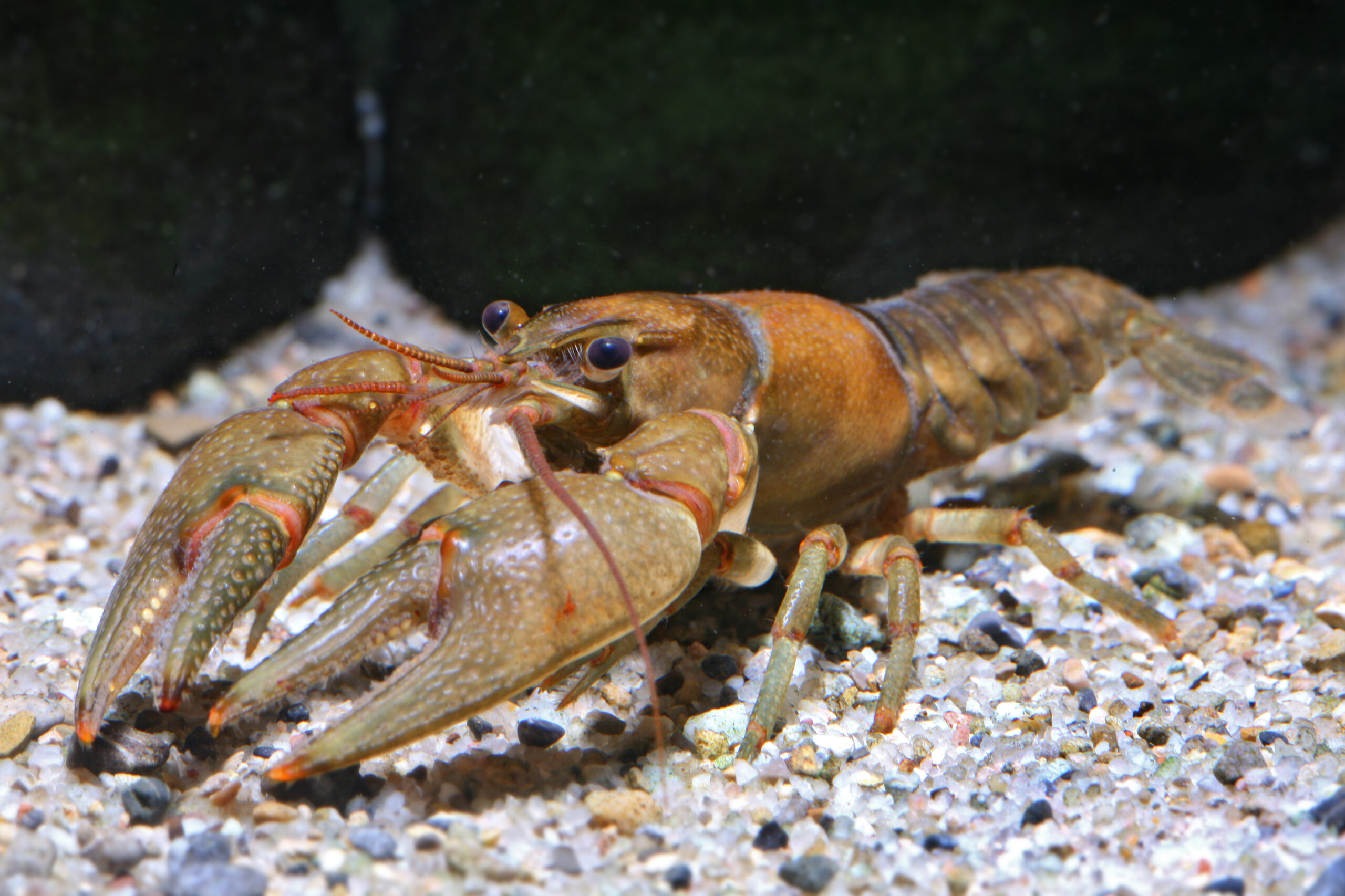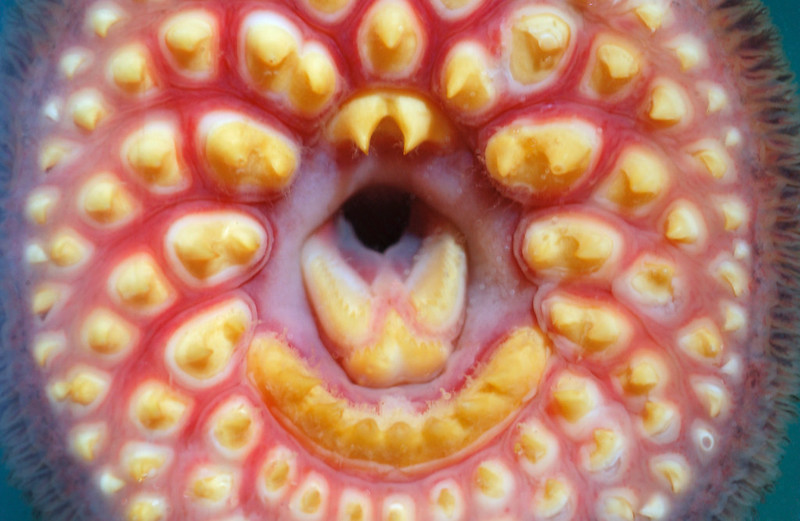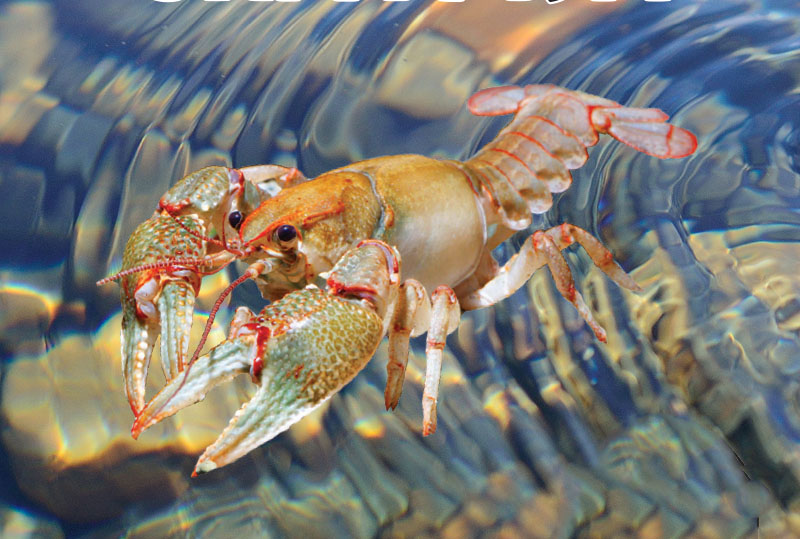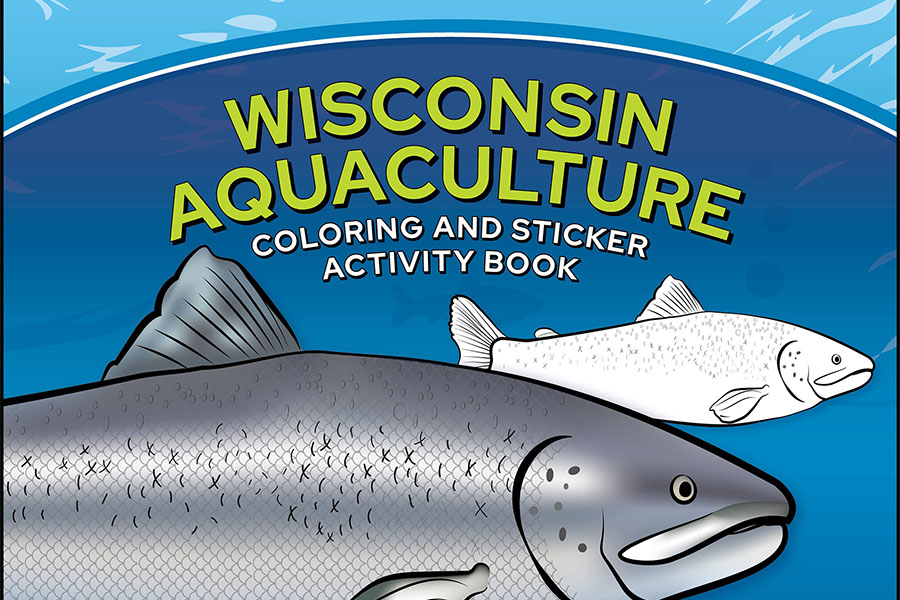Lesson Summary
In this lesson, students explore crayfish adaptations that help them to survive in freshwater ecosystems. Like the other lessons in the crayfish curriculum, it is designed to be highly adaptable.
Options include having students brainstorm crayfish adaptations that help them to survive in their freshwater ecosystems, a short interactive multimedia presentation about crayfish anatomy and adaptations, and student-designed and engineered models of crayfish or a new type of scavenger/predator that is well-adapted to survive in an aquatic environment.
Photo Credit: National Park Service
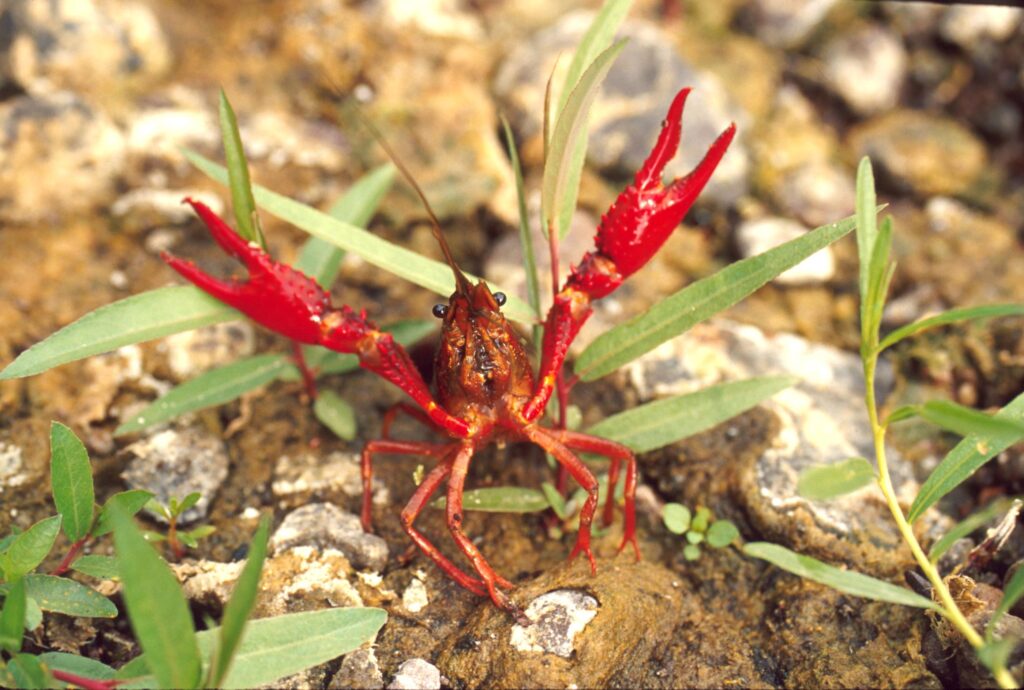
Objectives
Students will accomplish the following goals upon completing this lesson:
- increase their understanding of crayfish adaptations that help them to survive and reproduce.
- be provided the opportunity to apply the concept of adaptations to the process of engineering design.
- demonstrate critical thinking about the particular roles of crayfish in freshwater ecosystems, and how they can help keep ecosystems healthy.
Students will meet the following objectives upon completing this lesson:
- demonstrate understanding of crayfish adaptations, including ways they are able to find food, reproduce, and escape predators.
- create models of crayfish or new student-designed and engineered organisms adapted to be successful scavengers/predators in freshwater ecosystems and share them with their peers, gaining feedback that could be incorporated into new design iterations.
- write about how crayfish or their own engineered organisms are adapted to survive, then share their ideas and models in class presentations and/or discussion.
- verbalize the importance of food, water, shelter, and space in the survival of crayfish and other organisms, and how they are adapted to best use them.

Lesson Alignment
Next Generation Science Standards: Performance Expectations / Building Toward: MS-LS4-4, MS-LS4-6, MS-ETS1-1, MS-LS1-4, HS-LS4-4, HS-LS1-2
Next Generation Science Standards: Crosscutting Concepts Structure and Function, Stability and Change
Next Genertion Science Standards: Science & Engineering Practices Asking Questions and Defining Problems; Constructing Explanations and Designing Solutions; Developing and Using Models; Obtaining, Evaluating, and Communicating Information
Next Generation Science Standards Core and Component Ideas in Life Science: LS1, LS1.A, LS1.B, LS2, LS2.C, LS4, LS4.C
Next Generation Science Standards Core and Component Ideas in Earth and Space Science: ESS2, ESS2.C
Common Core State Standards
Speaking and Listening Standards for Gr. 6- S4, S6 (Similar standards exist for Gr.4-5 and 7-12) Standard 1, Standard 4, Standard 6
College and Career Readiness Anchor Standards for Writing- Standard 4, Standard 10
Materials
Access printed copies or electronic versions of lesson materials below.
- Computer access, data projector, display screenand display screen, PowerPoint or Google Slides
- Optional Materials
- Modeling Clay or Play-Doh and natural materials such as dried vegetation, twigs, pine needles, and pinecones for students to share.
- Human-made materials for students to share, such as used paper towel tubes and/or toilet paper tubes, popsicle sticks, elastic bands, paper, cardboard, tape, and non-toxic glue
- Paper plates on which to construct creatures
- Colored pencils, markers and/or crayons for students to share
- Live native crayfish and/or preserved crayfish specimens
- Microscope(s) and/or hand lens(es)
- Enlarged photographs of crayfish
Background Information for Educator
Crayfish Life Cycles, Behaviors, Antomy, Structures
Crayfish Adaptations
Multimedia Presentation available on the Crayfish Colloaborative Website
Crayfish Adaptaions – Crayfish External Anatomy
Optional Materials- Readings, Questions, and Diagrams
Curious Crayfish and Freshwater Ecosystems
Optional Material
Invasive Crayfish Collaborative Website
Additional Resources
Investigating Crayfish and Freshwater Ecosystems
Full Curriculum
Time Required
Completion of this lesson may require 1-2 class periods to complete.
Activity Set-Up
If possible, identify an expert partner to work with your class about crayfish and their adaptations. Contact the Invasive Crayfish Collaborative for possible recommendations. | LINK
Write the word “Adaptations” on the board to refer to during the lesson.
Ensure all materials above are ready for student use.
Optional: Review more about crayfish and their anatomy/adaptations to prepare to answer student questions. Good sources include those listed at the end of the lesson in the Expand Knowledge + Skills section.
Photo Credit: Gary Peeples, USFWS
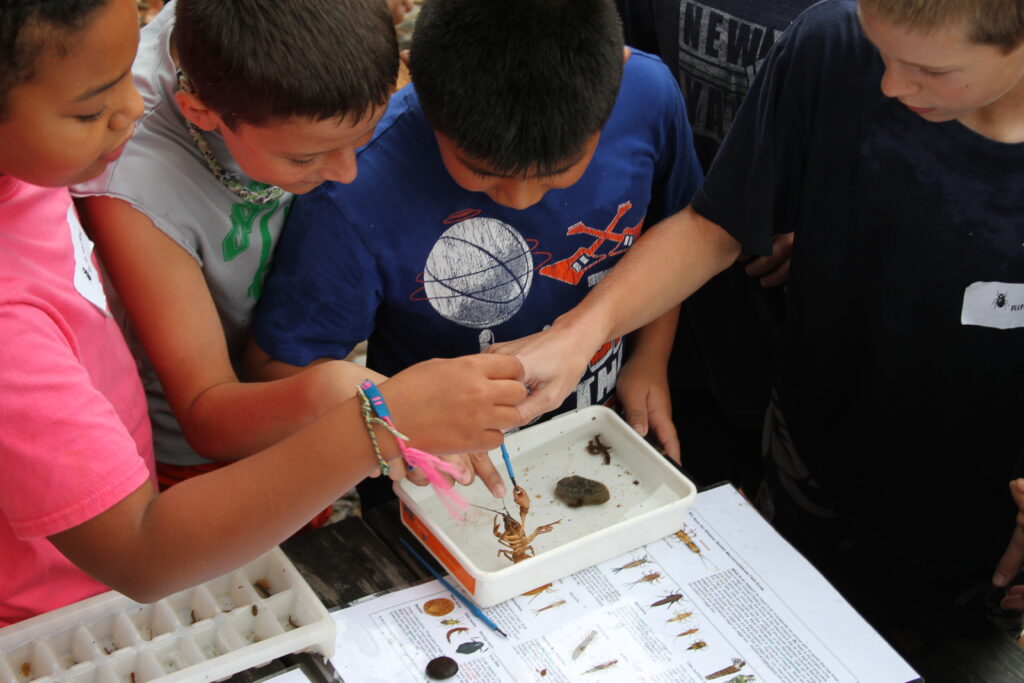
Lesson
Engage
- Introduce the expert visitor, if one is present, and tell students they will be learning more about crayfish today to prepare them for a field trip to find crayfish in a nearby freshwater ecosystem (if you will be visiting one). But first, tell students you’d like them to think about what they already know about crayfish and their freshwater ecosystems.
- Ask them to turn to a neighbor and quickly brainstorm on a piece of paper all of the adaptations they would need to survive in their underwater environment.
- Write “adaptations” on the board and explain they are traits of crayfish and every other organism (living thing) that evolved over millions of years to help them survive—both physical structures of their bodies, as well as behaviors that help them find food, escape predators, reproduce more crayfish, etc.
- They should record all their ideas from their brainstorm without worrying about if they are good ideas or not, and they can also draw pictures of the adaptations.
- Circulate through the room, answering any questions. After a minute or two, tell students they have one more minute to brainstorm and that they should be prepared to share one or more of their best ideas with the class.
- Ask the pairs to share their best ideas with the class and discuss them.
- Open the “Crayfish Adaptations” PowerPoint presentation and you and/or the visitor can lead a brief interactive discussion about it, drawing on student ideas and information in the slide notes to talk about important crayfish body structures, behaviors, their life cycle, and the functions adaptations play in helping crayfish survive and reproduce. If available, you can also show the students live crayfish, which is especially engaging.
Explore
- Next, tell students that they will have the opportunity to create a model of either a crayfish or a new organism that is adapted to be a successful scavenger and predator in freshwater ecosystems.
- Explain that they will be able to use a variety of materials, their creativity, and what they have learned about adaptations to help with their engineering designs.
- Show them the available materials, such as clay, Play-Doh, natural vegetation, toilet paper tubes, pipe cleaners, and scrap paper, with which they will be able to create their designs.
- Ask students to choose a partner (if desired, or they can work individually) and collect materials with which to work. Rotate though the groups of students, answering questions and helping students get started, if necessary. Tell students that they should be prepared to present their work to the class, including about how the organisms’ adaptations help them to survive. If they have time, they can create another life stage for their organism (such as a crayfish’s egg stage or an insect’s aquatic larval stage).
Explain
- After about 15 minutes, or whenever groups start to complete their designs, explain that you will be looking for volunteers to make a brief presentation to the class about their organisms, and ask them to start cleaning up when they are finished.
- Ask students to explain their organisms’ adaptations in writing using one of the following methods or another way that they devise:
- They can create labels with small pieces of card stock, attached to their organisms with toothpicks and tape or another method.
- They can illustrate their engineering designs on paper, labeling the adaptations that help them to survive. Color can be added with pencils, markers, or crayons.
- They can write a narrative in paragraph form that explains the organism’s adaptations.
- Ask students to share their work, giving other class members a chance to ask questions about the organisms’ adaptations at the end of each short presentation.
- Tell students that they will be able to finish their projects for homework or in class the next day (if necessary and as you deem appropriate). Collect the finished projects to review more carefully and display around the classroom and/or the school. You could also ask students to refine their creations based on constructive feedback you and/or the rest of the class has provided before the creations are displayed publicly.
- Close with a quick review of concepts learned during the lesson and crayfish adaptations that help them survive in their aquatic habitats.
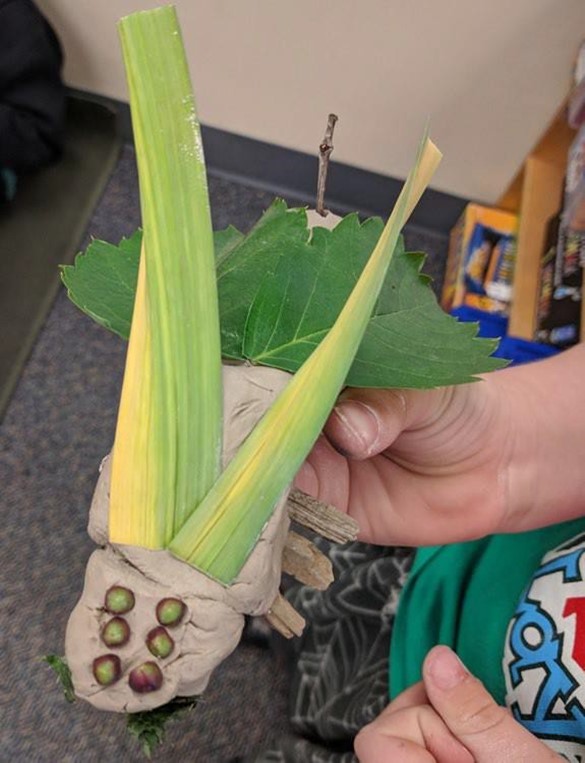
Extend
- Ask students to complete the “Crayfish External Anatomy” diagram activity at the end of the lesson with the support of the “Crayfish External Anatomy” descriptions handout, which is also found at the end of the lesson. The “Crayfish Adaptations” reading can also be used to support the activity and the others below.
- Ask students to compare crayfish with their new organism—or one of their peers’ new organisms. For example, a Venn diagram could be used. They should compare their creature’s physical and behavioral adaptations to those of crayfish, including their organism’s different structures and functions that help them to survive.
- Ask students to first plan their organisms on paper before they start engineering them with physical materials, labeling the adaptations that will help the organisms to survive.
- If you have access to live or preserved crayfish, students can view them and/or their body structures under magnification with a microscope, hand lens, and/or macro lens to better see their unique adaptations. You can also use a microscope or macro lens connected to a computer and/or data projector to show specimens to the whole class. Obtain and dispose of your live crayfish responsibly- always use native or non-native species and NEVER release your classroom plants or animals into the wild.
- Ask students to dissect crayfish specimens with the guidance of one or more resources, such as:
- Students can write fictional stories or poems about crayfish and/or the new organisms they created.
- Take students on a field trip to a stream or other area of freshwater to observe crayfish and their ecosystems firsthand.
- Set up classroom centers with other activities related to adaptations, the new organisms, and/or crayfish, such as those listed above. This would provide more opportunity for student choice and differentiated learning experiences.
- Show one or more short video clip(s) about crayfish:
- For younger grades, read a story or nonfiction book with your class about crayfish. Examples include:
Evaluate
Review student descriptions of their model crayfish or new organism’s adaptations, including ways they are able to find food, reproduce, and escape predators. Students should also be able to discuss crayfish adaptations orally.
Students can be asked to reflect on the lesson in writing and/or orally, including about what they learned and what you, as the teacher, might do to improve the lesson next time.
Resources
Expand Knowledge + Skills
- Carpenter, M.E. (2017). “Adaptations of the Crawfish.” Sciencing: | LINK
- “Crayfish Biology.” Biological Surveys and Assessment Program. University of Illinois: | LINK
- Helfrich, L.A., Parkhurst, J., and Neves, R. 2001. “The Control of Burrowing Crayfish in Ponds.” Dept. of Fisheries and Wildlife Services, Virginia Tech. | LINK
- “Marbled Crayfish Raises Eyebrows, and Concerns.” Great Lakes Now: Detroit PBS: | LINK
Lessons/Activities
- “Crayfish Dissection.” Biology Junction: | LINK
- Crawfish Educational Materials for Grades K-8 & High School Biology. Louisiana Crawfish Promotion and Research Board:| LINK
- “COSIA Outreach Activities- Crayfish Investigations.” Lawrence Hall of Science: | LINK
- Crayfish Student Activity Book. Elementary Science Program: | LINK
- “Introduction to Scientific Sketching” lesson plan. California Academy of Sciences: | LINK
Education Standards
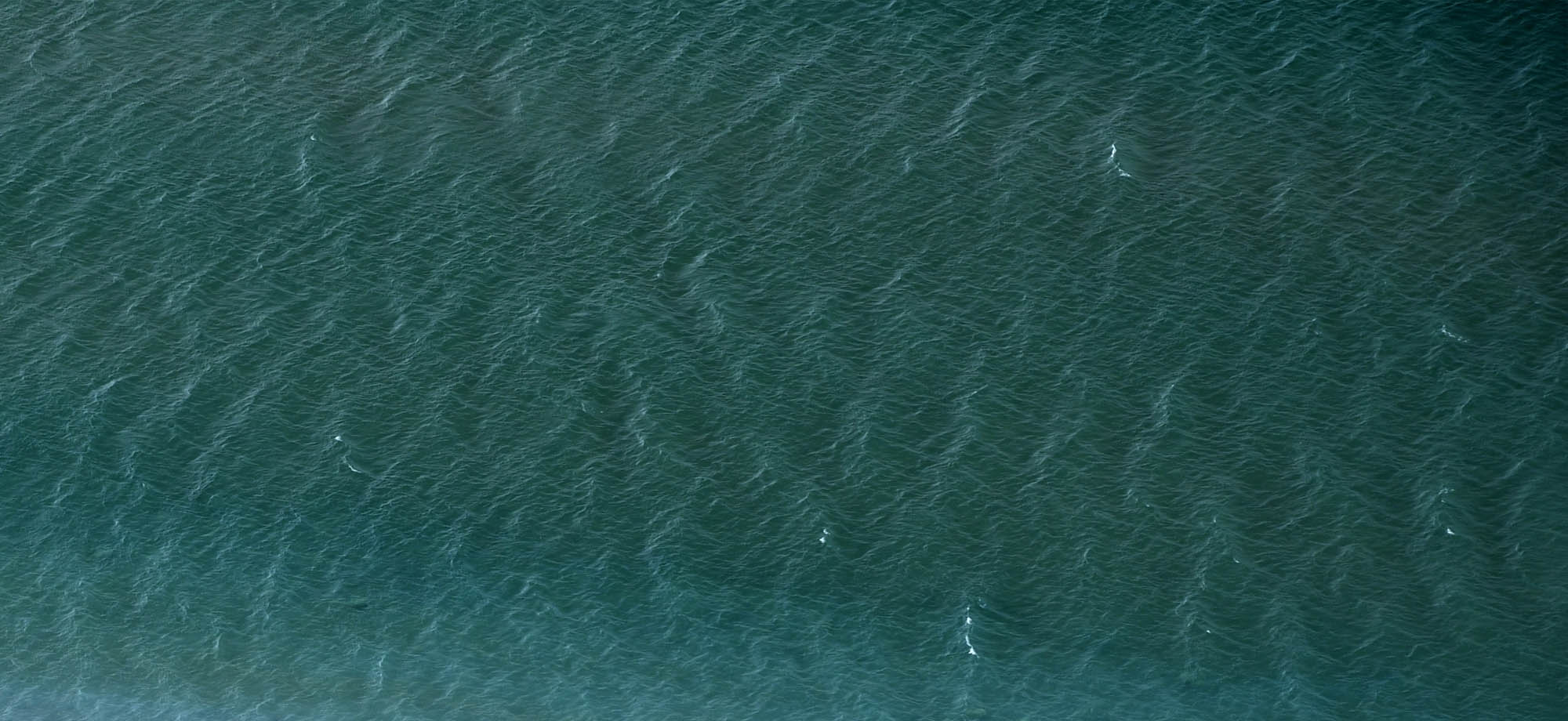
This lesson is part of a larger curriculum, Investigating Crayfish and Freshwater Ecosystems.
